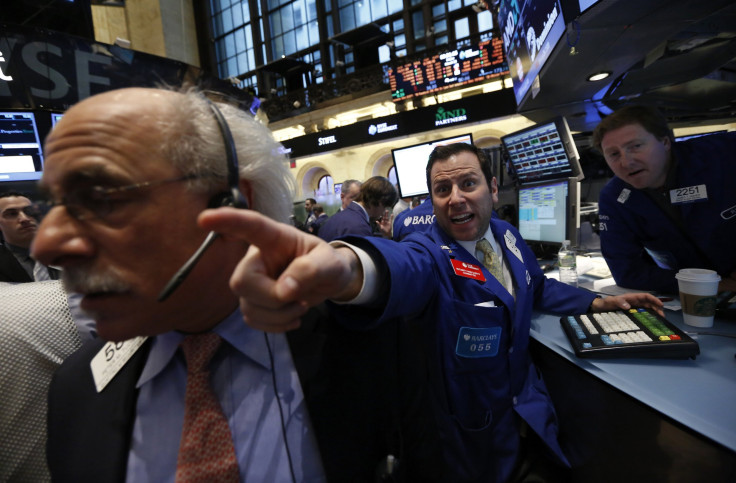Dow Jones Industrial Average Plunges More Than 200 Points As Crude Oil Prices Waver

U.S. stocks dropped Tuesday, following the previous session’s losses, as oil prices hovered around five-year lows. U.S. crude fell to less than $63 a barrel during the previous session for the first time since July 2009. West Texas Intermediate crude, the benchmark for U.S. oil prices, rose 0.29 percent, to $63.23, for January delivery on the New York Mercantile Exchange. On the London ICE Futures Exchange, Brent crude, the global benchmark for oil prices, edged up 0.11 percent, to $66.26 a barrel, losing around 40 percent since July.
The Dow Jones Industrial Average, which measures the share prices of 30 large industrial companies, slipped more than 200 points in morning trading, or 1 percent, at 17,629.57; the S&P 500 Index, which tracks the share prices of the nation's 500 largest publicly traded companies, lost 22.58 points, or 1.10 percent, at 2,037.59. The tech-heavy Nasdaq Composite dropped 54.43 points, or 1.15 percent, to 4,686.18.
After the Dow posted its biggest decline since October on Monday, global stocks declined during Tuesday’s trading session, as the slide in oil prices weighed on investor sentiment in Europe and Asia. The Shanghai Composite Index, China's benchmark stock index, dropped more than 160 points, or 5.31 percent, to 2,859.9, after global oil prices traded around $66 per barrel.
"As we see it, tailwinds from a slowing global economy and falling oil prices are likely to force the Federal Reserve to rethink a change in monetary policy until the end of 2015. In fact, we not only believe that the eurozone is flirting with deflation, we also think the rest of the global economy is now in a disinflationary period," Peter Cardillo, chief market economist at Rockwell Global Capital, said in a note.
Separately, data on Tuesday showed wholesale inventories rose 0.4 percent in October, compared with a 0.3 percent rise in September (which was later revised to a 0.4 percent rise), the Commerce Department said. Economists had expected wholesale inventory to increase 0.1 percent in October, according to analysts polled by Reuters.
© Copyright IBTimes 2024. All rights reserved.






















